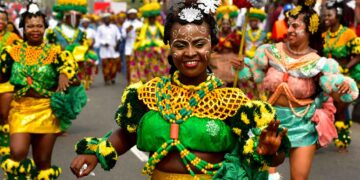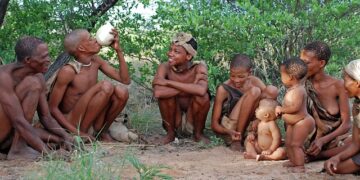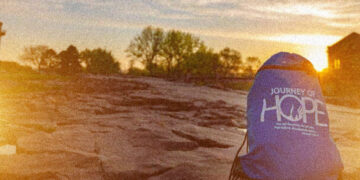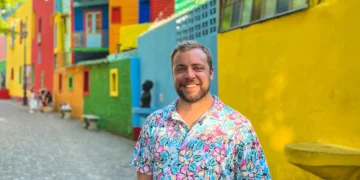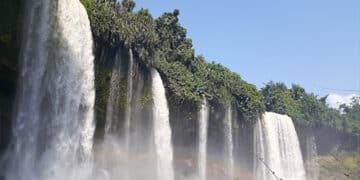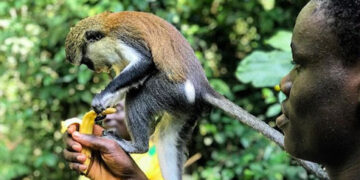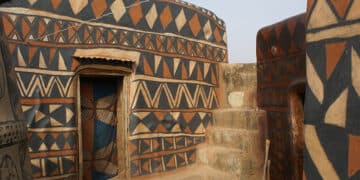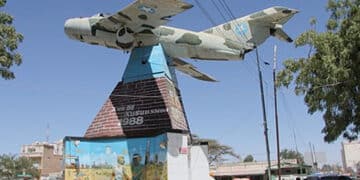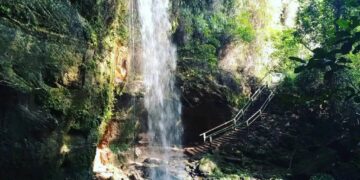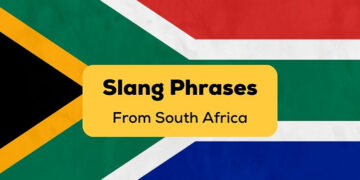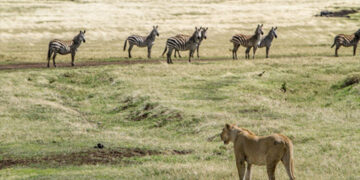Traditional dances have stood as pillars of community life in Africa. They embody the spirit, history, and celebrations of diverse regions. When we immerse ourselves in the captivating world of African dance, a fascinating evolution unfolds, where age-old traditions seamlessly blend with contemporary influences. This fusion has birthed a dance landscape that transcends time and serves as a vibrant testament to the cultural richness rooted in the heart of the motherland.
Traditional African Dances Across Various Regions and Contexts
In West Africa, the rhythmic beats of the Djembe accompany oral history and spirited dances, celebrating community spirit and rhythm. East Africa, home to the Maasai people, showcases dances filled with energetic jumps, neck movements, and elaborate footwork, embodying the strength and vitality of the community.
Southern Africa contributes to this kaleidoscope with dances like the Zulu War Dance, a powerful display of skill and courage reflecting the historical resilience of the Zulu people. In Zambia, the Makishi dancers bring to life ancestral spirits through vibrant and symbolic movements, symbolizing a unique connection to heritage.
From masquerade dances in Nigeria to work dances in South Africa, African Dances give varying contexts to daily life, cultural identity, and spiritual beliefs.
Ceremonies and Festivals
Dances are integral to ceremonies and festivals, marking significant life events and seasonal celebrations. The Rwandan Intore dance, performed during ceremonies and festivals, symbolizes heroism and the unity of the Rwandan people.
Masquerade Dances
In Nigeria, masquerade dances hold deep cultural and spiritual significance. These dances, performed in elaborate costumes and masks, are often associated with ancestral veneration and community rituals. The Egungun dance of the Yoruba people celebrates ancestors and ensures their continued presence and blessings in the community.
Work Dances
In South Africa, work dances give insights into the importance of work and celebrate communal efforts. The Gumboot Dance, originating in the gold mines of South Africa, is a rhythmic and percussive form of expression. It emerged during the era of apartheid when mine workers, predominantly black, were forbidden to speak and developed this unique dance as a form of communication.
Dances as a Differentiation Between Ages and Sexes
Many African cultures use dance to distinguish between ages and genders, each movement conveying specific meanings. The Batswana people in Botswana, for instance, have dances that highlight the strength and agility of men, contrasting with the graceful and expressive movements of women, reflecting traditional gender roles.
Religious Contexts
When it comes to matters of the spirit, you will find dance there, as it often plays a crucial role in religious rituals, serving as a medium for spiritual connection. The Akan people of Ghana perform the Adowa dance during important ceremonies, expressing reverence for deities and ancestral spirits.
Modern Metamorphosis of African Dance
As African dance has traveled through time, we now have the infectious beats of Afrobeats and the vibrant melodies of Amapiano, which have become internationally acclaimed styles. With the rise of social media platforms like Instagram and TikTok, these music genres have also led to the rise of ‘Afro-dance’, seamlessly transforming into contemporary expressions that excite global audiences.
The diaspora musicians are not left out, as they champion and give recognition to the cultural roots that underpin their identities. They have harmonized and blended traditional African beats, language, and dances into other non-African styles of music. This fusion serves as a celebration of heritage and a powerful testament to the dynamic and enduring influence of African music and dances on the global stage.
Other traditional African dances include:
- Atilogwu Dance – Igbo tribe in Eastern Nigeria
- Kete Dance – Akan people in Ghana
- Kalel Dance – The Bisa, Ngumbo, and Ushi tribes in Namibia
- Mandinka Dance – Gambia
- Indlamu – Zulu people in South Africa
- Gota – Ewe region in Togo, and Volta region in Ghana
- Zaouli – Gouro people in Ivory Coast
- Kizomba – Angola
- Eskista – Ethiopia
REFERENCES
- 2nacheki: 5 Traditional African Dances You Have To Watch
- ohAFRO – 5 Most Incredible African Traditional Dance Moves | RWANDA (youtube.com)
- ohAFRO – Top 10 Best Traditional Dances in Africa – African Traditional Dances
- Boston’s Drumming Community – History of the Djembe
- Britannica – African Dance
- Dream Africa – 10 Popular Traditional African Dances You Should Know
- Displore – Top 10 Best Traditional Dances in Africa – African Traditional Dances



